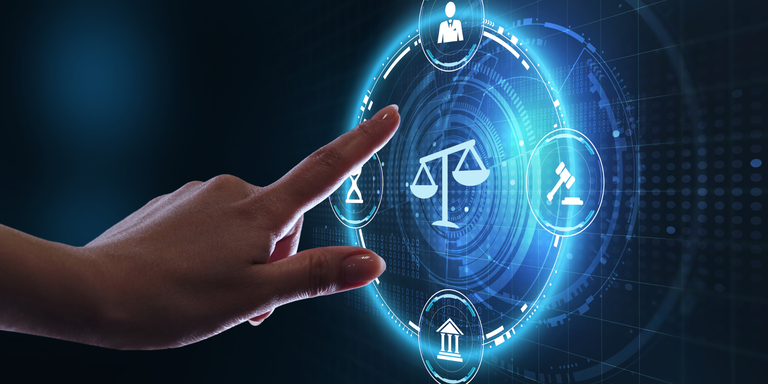A recent T-decision by the Boards of Appeal (T 1741/22) involved receiving measurements of glucose levels in a patient's blood, and generating from them maximum and minimum measured glucose values, so that potential medical outlier values can be spotted.
Even though computer-programs as such are not patentable in Europe, the subject of this decision would normally be expected to be patentable because it makes a “technical contribution” by providing information about the real world (a human body). Back in 2018, the EPO Guidelines for Examination were updated to provide a list of examples in which a mathematical method can make a technical contribution (Guideline G-II, 3.3). One of these examples is, “providing a medical diagnosis by an automated system processing physiological measurements”. Indeed, another decision (T 2681/16) for a very similar case acknowledged that, “providing an overall measure of the glucose variability… and a prediction of glycemic events”, was technical. This is in line with Enlarged Board decision G 1/19. As stated in its Reason 99, “It is generally acknowledged that measurements have technical character since they are based on an interaction with physical reality at the outset of the measurement method”. As stated in Reason 89, “in the context of a computer-implemented process”, “technical effects” can occur “at the input of the process” when a computer-implemented process receives “technical input which may consist of a measurement”.
However, the current decision T 1741/22 deviates from both T 2681/16 and the example given in the Guidelines. At Reason 2.3.6 of T 1741/22, the Board stated that, "In the present case and in the case underlying T 2681/16, where the "physical reality" is typically the "patient's blood", the interaction with the physical reality ends once blood glucose measurements are carried out… The provision of overall glucose variability and a prediction of glycemic events are mathematical steps or intellectual activities which take place in the absence of this interaction with the physical reality and are therefore not "measurements" in this sense". In other words, a claim which does not include a step of measurement of the human body does not make a technical contribution. By this logic, it is not possible to obtain a patent which is directly infringed by software or equipment for processing data measured by other equipment. This would be true not just in medical fields, but in any other field too. It is true that a patent in which all the claims include a step of measuring the real world (e.g. the human body) might be “indirectly infringed” by software which just processes measured data, but bringing an action for indirect infringement is not always straightforward.
The reasoning in T 1741/22 appears to be at odds with decision G 1/19, Reason 99 which also mentions that indirect measurements, “are still related to physical reality and thus of a technical nature, regardless of what use is made of the results”. As mentioned above, the claim features a step of generating maximum and minimum measured glucose values, which appears to fall firmly into the category of an, “indirect measurement”, according to decision G 1/19.
In relation to the example in Guideline G-II, 3.3 quoted above, the Board went on to say that, “As providing a "medical diagnosis" - whether done by a physician or by an automated system - is devoid of any technical character (see e.g. Decision G 1/04, Reasons 5.3 and 6.3), this example is clearly erroneous. As there is no further explanation, let alone a reference to any case law, the board sees no reason to speculate on how the Guidelines came up with this example” (Reason 2.3.7 of T 1741/22). Decision G 1/04 is actually about a different issue (it sets out a test for determining if a claim is excluded from patentability for reasons other than lack of technical character), but its Reason 5.3 is as summarized by T 1741/22, so there appears to be some contradiction between G 1/04 and G 1/19. Decision G 1/04 predates decision G 1/19 by just over 15 years, so it is not surprising that there are contradictions between them.
Of note, the Board in T 1741/22 did not mention the COMVIK approach (Guideline G-VII, 5.4), which sets out how to assess a claim featuring both technical and non-technical features and stipulates that a feature that could be considered non-technical in isolation might contribute to producing a technical effect within the context of the invention.
In conclusion, decision T 1741/22 represents a significant deviation from the current precedent and could be a prelude to large changes in how software/equipment for analysing received measurements can be protected, and indeed, if such software/equipment can be protected at all. Ultimately, a referral to the Enlarged Board of Appeal could be necessary to put the contradictions to rest.



